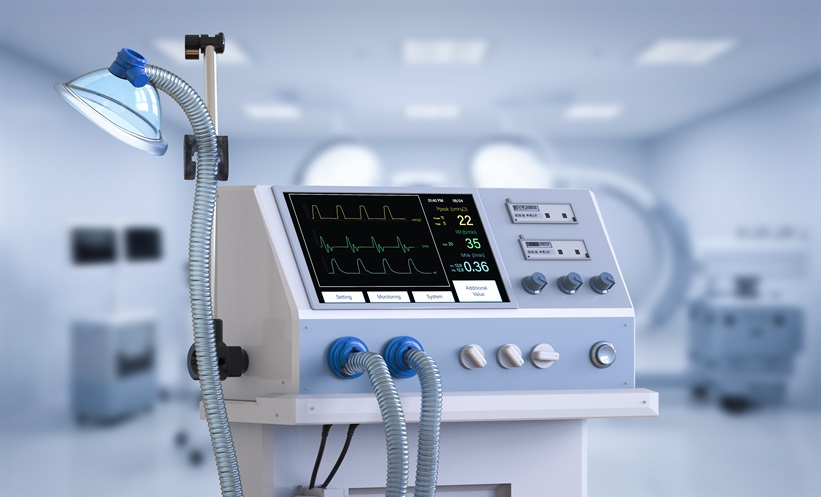INVASIVE mechanical ventilation (MV) in cardiogenic shock (CS) patients is associated with worse short-term outcomes compared to non-invasive ventilation (NIV) or no ventilation.
A prospective study using data from the FRENSHOCK registry evaluated the use of different ventilation strategies in 768 patients with CS across 49 centres in France. Patients were categorised into three groups based on their ventilatory support during hospitalisation: no ventilation (NV), NIV, and MV. Researchers analysed clinical profiles, management, and outcomes, including death and major adverse events (MAEs) at 30 days and 1 year.
Patients receiving MV displayed more severe CS symptoms, such as skin mottling, elevated lactate levels, and higher reliance on vasoactive drugs and mechanical circulatory support. MV was linked to higher rates of mortality and MAEs at 30 days compared to NV (hazard ratio (HR) 1.41 and 1.52, respectively). In contrast, NIV did not show increased risks compared to NV, with no significant differences in mortality (HR 0.79) or MAEs (HR 0.83) at 30 days. These trends persisted at 1-year follow-up.
The findings indicate that NIV is a safe alternative for selected CS patients with less severe conditions and no immediate need for MV. This has significant implications for clinical practice, suggesting a need to carefully evaluate the severity of CS before opting for MV. Further research is needed to optimise ventilatory strategies and improve outcomes for these patients.
Reference
Volle K et al. Ventilation strategies in cardiogenic shock: insights from the FRENSHOCK observational registry. Clin Res Cardiol. 2024;DOI:10.1007/s00392-024-02551-x.







